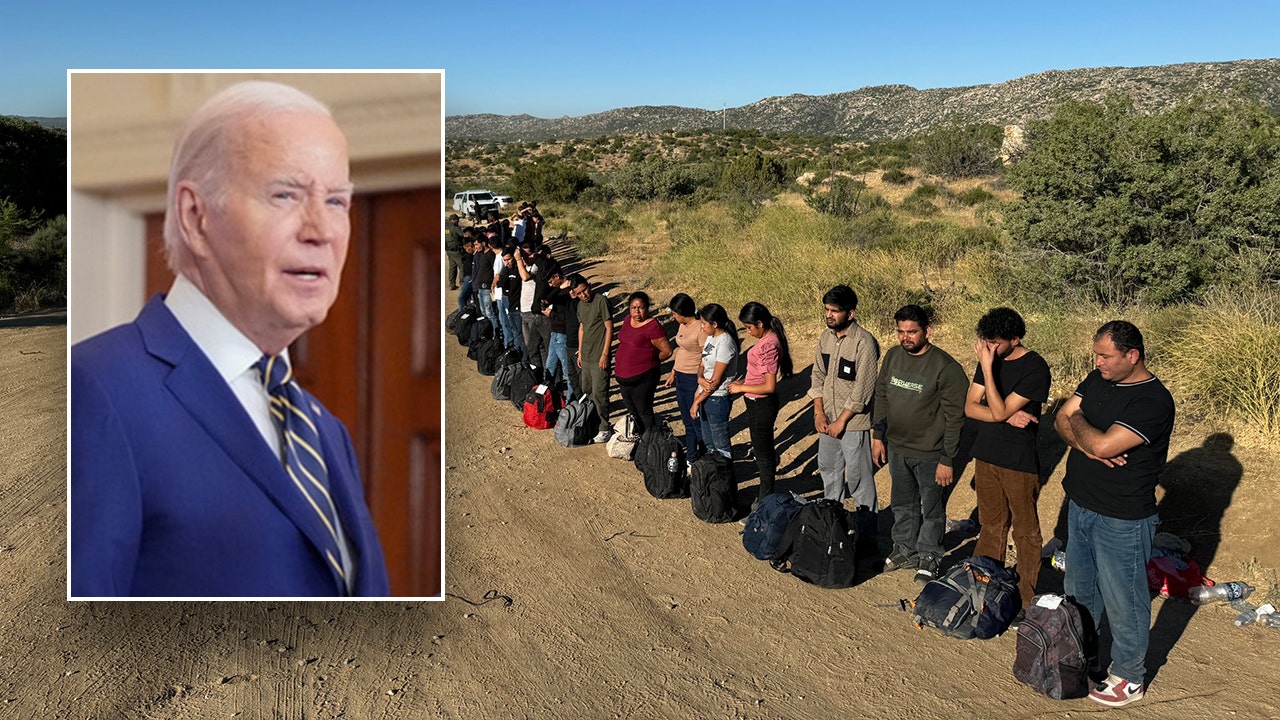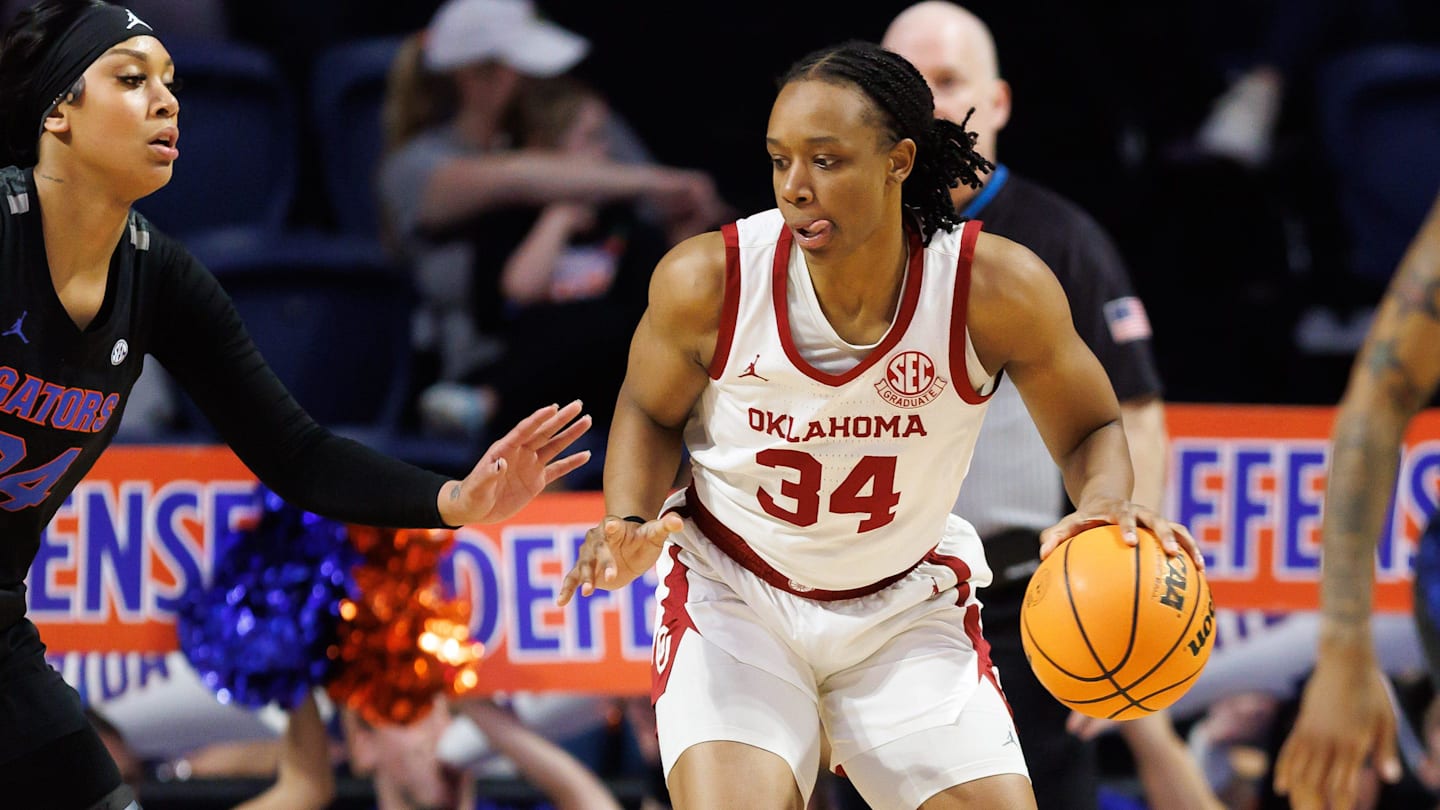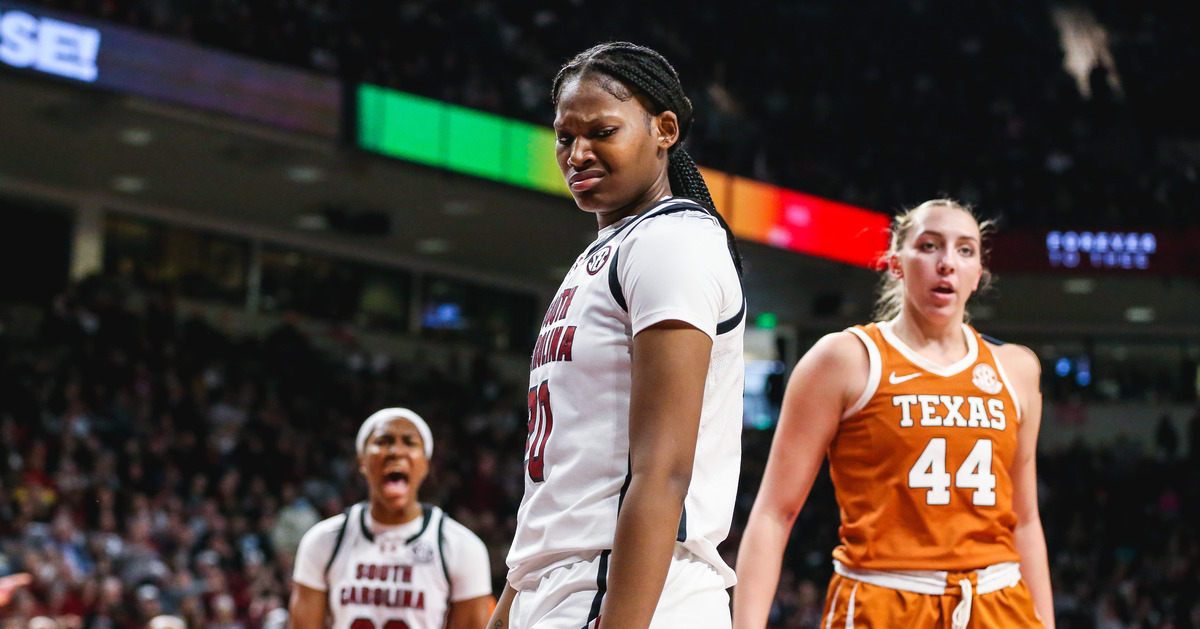Lifestyle
Jesse Eisenberg isn't ambitious — but he does worry about failing

A note from Wild Card host Rachel Martin: I appreciate Jesse Eisenberg not just because he’s really good at acting, but because he helps me raise my kids. That may sound unnecessarily provocative, but here’s what I mean: Eisenberg tends to play male characters with deep interior lives. Characters who spend a lot of time feeling things like anxiety, fear, insecurity. They are also big hearted and kind. And on screen, we see Eisenberg’s characters trying to find their place in a world where men are expected to flatten their vulnerabilities and all of their emotions to fit into some antiquated definition of masculinity.
What does this have to do with my kids? Well, I’ve got two boys, they’re 10 and 12, and I very much want for them to turn into young men who are comfortable living through every one of their emotions. And maybe I’m giving Hollywood too much power in my life, but it feels affirming as a parent to see these kinds of male characters on screen.
Cases in point: The Squid and the Whale, The Art of Self-Defense, the show Fleishman is in Trouble. And of course the movie that’s getting a ton of accolades right now — including a best original screenplay and supporting actor nomination at the Oscars — A Real Pain, which Eisenberg wrote and directed. He also co-stars in the film alongside Kieran Culkin.
The trailer for “A Real Pain.”
YouTube
This Wild Card interview has been edited for length and clarity. Host Rachel Martin asks guests randomly-selected questions from a deck of cards. Tap play above to listen to the full podcast, or read an excerpt below.
Question 1: What’s a moment when you remember being brave as a teenager?
Jesse Eisenberg: Well, so in my senior year of high school, I kind of came into my own a little bit. I grew up in New Jersey, and in my senior year of high school, I transferred to a performing arts high school in New York City. And it was like I just became, like, an adult overnight going there. But the bravest thing I did was probably cut school one day to go see a Broadway matinee of Judgment at Nuremberg — which maybe tells you enough about me to understand my full personality.

Actor, writer and director Jesse Eisenberg says he has had far more failures than successes.
Gareth Cattermole/Contour by Getty Images
hide caption
toggle caption
Gareth Cattermole/Contour by Getty Images
My friends and I — we were planning it like a heist at math class in the morning, like, “Yeah, cool I’m gonna meet you at lunch and I think we can get student tickets for the last row mezzanine.” So our big transgression in high school was going to see a Broadway matinee.
I’m sure it would have been the kind of thing if our teachers caught us, they’d be like, “Oh my God, you sweet nerds. Of course. Go. That’s great. I’m giving you an A anyway.”
Question 2: Has ambition ever led you astray?
Eisenberg: I mean, yeah, I think about it all the time. In an attempt for me to stay busy and active I sometimes will push for my things to be done sometimes, even if they’re premature. But I will say, I’m not naturally an ambitious person for myself, but I really am quite a worried person about failing. And so it creates an ambition in me by necessity to just try to stay busy at all times.

Rachel Martin: How have you managed that fear of failure? Because that’s inevitable. I mean you’ve had them, right?
Eisenberg: Yeah. I’ve had far more failures than successes. And my father is a sweet person. He’s a teacher and has such sweet perspectives on my life. So, like, with this movie, A Real Pain, it’s doing well and everything and, you know, there’s a feeling inside of me that this should be the norm and like, “I’m a failure if this is not the norm.”

(L-R) Kieran Culkin and Jesse Eisenberg at The National Board of Review Annual Awards Gala in January.
Jamie McCarthy/Getty Images for National Board/Getty Images North America
hide caption
toggle caption
Jamie McCarthy/Getty Images for National Board/Getty Images North America
And my dad has kind of a 60,000-foot view or 30,000-foot view – depending on your airline – of what this means. And he tells me things like, “If you have two of these in your career, that’s a cool thing.” A really successful career to have in the arts is to have, like, let’s say two movies that you make that are regarded this nicely.
And so that puts things in perspective, because what it tells me is that this should not be expected to be the norm. And then my friend Jim tells me all the time that if you want a career in the arts, success is basically staying active and busy. The successes are not the one or two things that spike.
Question 3: What is your best defense against despair?
Eisenberg: I married a woman who has the same values as me. I mean, she’s a far better person — she teaches disability social justice and awareness in public schools. And her mom ran a domestic violence shelter for 35 years. So she comes from this kind of world.
And I’m preoccupied with privilege versus struggle and meaning versus emptiness, etc. But the interesting thing that occurs to me, though, is that my wife – she just does something about it. She always just says, “OK, so what are you going to do about it?”
So if I’m, like, feeling miserable, she’s like, “OK, so what are you going to do about it?” Or I’m like, “I feel so bad about what happened to my friend.” She always is just like, “Oh, let’s call him now and try to get him a job. Oh, you know what? I can call my friend. She actually knows somebody who just lost their job here. Maybe they can talk. Maybe they can work together.” There’s not an instinct in her to wallow in it or to, like, make it about herself.
I make it about myself. “Oh God, I feel so guilty.” She’s not even aware that she’s doing something different than me. It’s just the way she’s wired. And so I look to her all the time, and we’ve been together forever.

Martin: I think it’s so lovely that you found each other.
Eisenberg: Oh, I’m lucky. I’m lucky. Because I’m not wired for anything good. She’s wired to do all this good stuff.
Martin: That’s not true. I’ve known you for an hour, and Jesse Eisenberg I don’t think you’re wired to do nothing good.
Eisenberg: No, no, no. I’m a thoughtful person, but it doesn’t lead to, like, you know, benevolent action. She’s just, like, she’s less contemplative than me. She’s just very active and has a good heart.

Lifestyle
With Video Mapping, Destination Weddings Can Happen Anywhere

When Jonathan Dubin, 34, and Madison Bigos Dubin, 30, hosted their wedding reception last October, they transported their guests to Upper Antelope Canyon in Arizona.
Only the reception was held at Cipriani 25 Broadway in downtown New York.
The couple accomplished this sleight of hand through video mapping, or video projections that effectively paint large surfaces like walls and ceilings.
“I had to remind myself that I was in a ballroom because the atmosphere was so immersive,” said Hutton Cooney, a guest who flew in from Chicago.
Mr. Dubin said the images of Upper Antelope Canyon were intended to evoke the feeling of celebrating inside the canyon, which is near the resort where the couple would be honeymooning in Utah.
Panoramas of the New York City skyline followed. The finale was aerial views of the Empire State Building as the D.J. and a saxophonist played a rendition of Jay-Z’s “Empire State of Mind,” while many of their 250 guests sang and danced.
Mr. and Ms. Dubin, both real estate entrepreneurs in New York, said that video mapping appealed to them because it immersed their guests in places they love. For Ms. Dubin, who is from Minnesota, it was an opportunity to give family and friends from home “a quintessential New York experience.”
With couples increasingly integrating technological innovations into their weddings, video mapping is gaining popularity at ceremonies and receptions, according to event planners and other wedding experts.
Julie Novack, a founder and chief executive of PartySlate, an event planning platform, said that video mapping has its roots in the corporate and nonprofit world. (It has also long been used in contemporary art.) “It was first widely adopted by companies around a decade ago for product launches and to project their logos,” she said. “It’s now finding its way into social events like weddings. ”
Victoria Dubin, Mr. Dubin’s mother and an event planner in New York, said such projections are increasingly an element of the weddings she plans (including her son’s). One couple she worked with in May 2022 chose one that evoked an Italian Renaissance garden with mossed walls, fountains, statues and frescoes on the walls. “The bride and groom thought about getting married in Europe but chose to bring their vision of Europe to New York,” she said.
Video mapping can come at a high cost, with pricing falling within a broad range. Patrick Theriot, a projection designer and the founder of See-Hear Productions, based in Covington, La., who has designed projections for Victoria Dubin said, “Projecting on the side of a forty-story building may require $100,000 or more in just hardware rental, but projecting on a wedding cake may require an equipment rental of less than $5,000.”
According to data from the wedding platform Joy, video mapping was a $3.9 billion market globally in 2023 and is projected to surpass $4.8 billion this year. The company’s chief executive, Vishal Joshi, estimates that wedding video mapping is currently a $100 million industry in the United States, with couples projecting onto cakes, dance floors or entire venues.
The Temple House in Miami has an in-house production team that creates content. Couples can choose from their extensive projection library, which includes a starry night, fireworks, sparkling rain, disco balls and the Italian Riviera. They can also request custom projects.
Omar Lopez, director of events at Candela La Brea, a venue set in a 1920s building in Los Angeles’s Miracle Mile, said, “We host around eight weddings a year that use video mapping, and that number is growing steadily.”
Henry Rodriguez, 46, who works for an education nonprofit, and Suriel Castro, 35, an office manager who lives in Long Beach, hosted their ceremony and reception there last August, which was attended by 225 guests.
Both events included backdrops of cherry blossom trees. When it was time to dance, the room alternated between rotating disco balls and flashing lights. “We wanted to create a nightclub ambience,” Mr. Rodriguez said. He said they spent more than $3,000 to include the projections, and “the expense was well worth it.”
Video mapping isn’t limited to indoor areas.
Alyssa Carrai, 27, a photographer, and Daniel Carrai, 26, a creative director and founder of the production studio Sever, who live in Charlotte, N.C., included it in their wedding reception last April. The celebration, which 75 guests attended, was at the Andrews Farm, in Midland, N.C, in an outdoor area with a swimming pool and white house.
Mr. Carrai, who has used video mapping in his work with music artists, designed an abstract chrome silver projection that was displayed on the home’s exterior and resembled moving water.
“It felt like you were moving through water when you walked by,” he said. “Our guests told us the projection was unlike anything they had ever seen.”
Lifestyle
Farfetch Reached EBITDA Profitability in 2024, Sales Remain Lower Than 2022 Levels

Lifestyle
The New Yorker Celebrates 100 Years

On Tuesday evening, Art Spiegelman and Françoise Mouly were sitting at a sidewalk table outside Jean’s, a chic night spot in the NoHo neighborhood of Manhattan. Nearby, writers, critics and cartoonists streamed past a black rope and a bouncer to attend The New Yorker’s 100th anniversary party.
Mr. Spiegelman, the graphic novelist who has been a contributor to the publication since 1992, puffed on a slender e-cigarette. Ms. Mouly, the magazine’s longtime art editor, took in the scene. The two have been married almost 50 years.
“The New Yorker is the last of its kind standing, and tonight we’re celebrating that,” Mr. Spiegelman said. “I still remember meeting the great writer Joseph Mitchell in the magazine’s hallway. I felt like I was in the presence of a monument.”
Ms. Mouly, who recently curated a centennial exhibit of the magazine’s covers for L’Alliance New York, a French cultural center, also reflected on the big night.
“A hundred years of The New Yorker is a vindication of what I believe in,” she said. “Now there’s TikTok, and all the minutes people spend on it, but to me a magazine is a magazine is a magazine. That copies of The New Yorker used to pile up at the foot of the bed was once the magazine’s curse, but to me now that’s a point of pride.”
The choice of Jean’s as the venue for a party meant to celebrate a publication known for deeply reported articles and literary fiction came as a bit of a surprise to Hua Hsu, a Pulitzer Prize winner who writes about music and culture for the magazine.
“I guess part of me was hoping the party might be at some stuffy old uptown spot,” he said. “But this magazine can only be what it is because of the young people who keep coming through it and imparting their vision, so I think this venue nicely reflects that.”
As Iggy Pop and Fleetwood Mac played from the speakers, the place was packed with bookish guests who squeezed past one another on their way to a seafood platter.
David Remnick, who became the magazine’s fifth editor in 1998, roamed the floor, as did his predecessor in the job, Tina Brown.
“It would be the height of presumption to think anything can last another 100 years, and I know we’re all obsessed with every new thing that comes down the highway,” Mr. Remnick said. “But I absolutely believe that people will always want what we do at The New Yorker.”
He grew pensive as he considered two stalwarts of the magazine who were now gone. “I miss Janet Malcolm, and I miss Roger Angell,” he said. “I’ll always remember sitting with him in the left field stands for the Yankees. It was one of the great nights of my life.”
A pack of fiction writers — Zadie Smith, Jennifer Egan, Jeffrey Eugenides and Jonathan Lethem — gathered by the bar. The club was also flooded with staff writers including Rachel Aviv, Adam Gopnik, Jia Tolentino, Naomi Fry, Vinson Cunningham, Gideon Lewis-Kraus, Helen Rosner, Kelefa Sanneh, Rachel Syme, Kyle Chayka and Doreen St. Félix.
“The New Yorker doesn’t really change, which can be seen as a marker of conservatism, but there’s something to be gleaned by consistency,” Ms. St. Félix said. “We’re entering an era where there won’t be many things that last a hundred years.”
As waiters offered fries in Anthora coffee cups, bartenders served cocktails with New Yorker-appropriate names. The gin-based Tipsy Tilley referred to the magazine’s foppish mascot, Eustace Tilley, who appeared on the cover of the first issue, dated Feb. 21, 1925. Versions of the character, created by the cartoonist Rea Irvin, appear on the six cover variants the magazine rolled out for its anniversary issue this month.
“I think that in this day and age, endurance means something,” Susan Orlean, a longtime staff writer, said. “Tonight is like celebrating the centennial of the United States. We made it.”
The critic Emily Nussbaum danced beneath a disco ball alongside editors, fact-checkers and editorial assistants. Also present at Jean’s were the cartoonist Roz Chast and the writers Daniel Mendelsohn and Bill Buford. Roger Lynch and Jonathan Newhouse were among the executives at Condé Nast, the publisher that operates The New Yorker, who made the party.
Judith Thurman, who started writing for the magazine in 1987, made her way to the coat check. She said the party was a little more boisterous than she had expected.
“You could be wearing a garbage bag here, it’s so dark,” she said. “I don’t know if this venue is that great for those of us with hearing problems.”
“At first I thought this was my 100th birthday party, but then I remembered I’m only 78,” she added. “The more A.I. takes over, and TikTok takes over, the more there’s going to be a resistance to it one day. And The New Yorker will be here, more necessary than ever.”
As the party wound down, Patrick Radden Keefe reminisced about stepping into David Grann’s office to get structural advice on his stories. The film critic Richard Brody and the food writer Hannah Goldfield traded notes on “The Brutalist” and the merits of intermissions.
Calvin Trillin, who started writing for the magazine in 1963, was holding court by the bar as Blondie’s “Heart of Glass” blasted from a speaker.
“I’m 89 now, so I haven’t been here for all of the hundred years, but I’ve been here for quite a few,” he said. “Tonight I’ve thought about Joseph Mitchell, and how in awe I was of him. My wife used to say to me, ‘Why don’t you just ask him if he wants to go to lunch with you?’ But I didn’t have the nerve to.”
He swiped a cookie from a passing tray.
“A hundred years is a long time,” he said, “but I hope The New Yorker will go on for another hundred. There’s no good reason not to.”
-

 Technology1 week ago
Technology1 week agoVision Pro apps: the good, the bad, and the ridiculous
-

 News1 week ago
News1 week agoDominican officials cram thousands of inmates facing no charges into overcrowded prisons
-

 Culture1 week ago
Culture1 week agoAre NFL players as college coaches here to stay? Why DeSean Jackson, Michael Vick can work
-

 Politics1 week ago
Politics1 week agoTop federal agency exposed for spending billions on migrants in a single year
-

 News1 week ago
News1 week agoKamala Harris Has Scrambled the California Governor’s Race Without Entering It
-

 Culture1 week ago
Culture1 week agoBook Review: ‘Theory & Practice,’ by Michelle de Kretser
-

 Lifestyle1 week ago
Lifestyle1 week ago‘Modern Love’ Podcast: Why Gossiping Could Help Your Love Life
-

 Technology1 week ago
Technology1 week agoReddit vs. Wall Street: the latest in the GameStop saga














